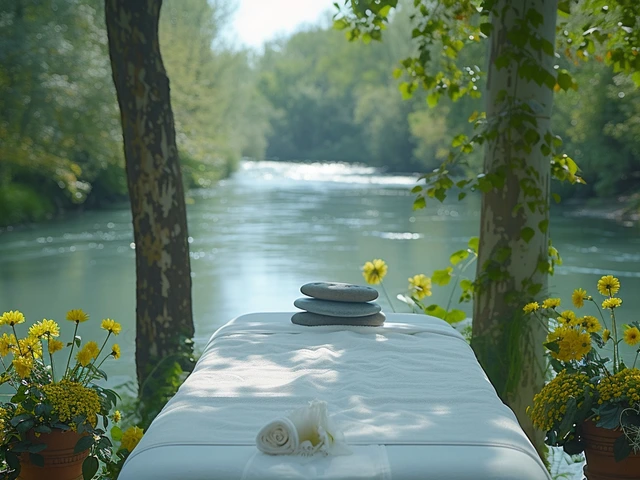Cupping Therapy: What It Is and When to Use It
Cupping therapy looks dramatic—cups on the skin, round marks afterward—but it’s a simple tool to help with tight muscles, circulation, and recovery. People use cupping for sore backs, stiff shoulders, and post-workout soreness. Some vets and canine bodyworkers also use very gentle cupping as part of a massage plan for dogs with tight muscles or after injuries. Before trying it on a pet or yourself, know how it works, what it feels like, and when to skip it.
How cupping works and the main types
At its core, cupping uses suction to lift the skin and underlying tissue. That suction can increase local blood flow, ease muscle tension, and stretch fascia a bit. There are two common types: dry cupping (just suction) and wet cupping (small, controlled skin breaks to draw fluid). Dry cupping is what you’ll usually see in massage and sports settings—no bleeding, just temporary red or purple marks. Practitioners use glass, silicone, or plastic cups. For dogs, silicone or light plastic cups allow gentler, adjustable suction.
Research shows cupping can give short-term relief for muscle pain and stiffness in people and might help athletes recover faster between sessions. The evidence isn’t a miracle—results vary by person and condition. For animals, evidence is mostly anecdotal and from clinical experience, so work with a vet or certified animal bodyworker before trying it.
Safety, what to expect, and cupping for dogs
Start with a vet check. If your dog has bleeding problems, thin or fragile skin, active infections, open wounds, or certain heart issues, don’t use cupping. If you’re doing cupping on yourself, avoid areas with skin disease or poor circulation. Expect mild, temporary bruising and a dull ache in treated spots for a day or two. Sessions usually last 5–15 minutes per area.
For dogs, find a practitioner trained in animal biomechanics and behavior. Dogs can feel anxious—use calm handling, short sessions, and very light suction. Watch body language: lip licking, yawning, tense tail, or trying to move away are signs to stop. Many pros combine cupping with massage, stretching, and strengthening exercises for better results.
Aftercare is simple: keep the area clean, avoid hot baths for 24 hours, and don’t let your pet lick treated spots. If bruising lasts more than a week or the skin looks infected, contact your vet. Most people and dogs recover quickly with no lasting effects.
Cupping can be a useful add-on to a recovery plan, not a stand-alone cure. Think of it as a tool to loosen tight tissue, improve comfort, and help other therapies work better. Ask a professional, try one mild session, and pay attention to how your body or your dog responds—then decide if it deserves a regular spot in your wellness routine.

Cupping Therapy: The Revival of Ancient Healing
Explore the resurgence of cupping therapy, its history, types, benefits, safety tips, DIY guide, and how to choose a practitioner in a clear, practical way.

Boost Your Wellbeing with Cupping Therapy: A Comprehensive Guide
Discover how cupping therapy can significantly improve your wellbeing. Learn about its origins, benefits, and various techniques used to enhance physical and mental health. Uncover practical tips to make the most of this ancient practice.




